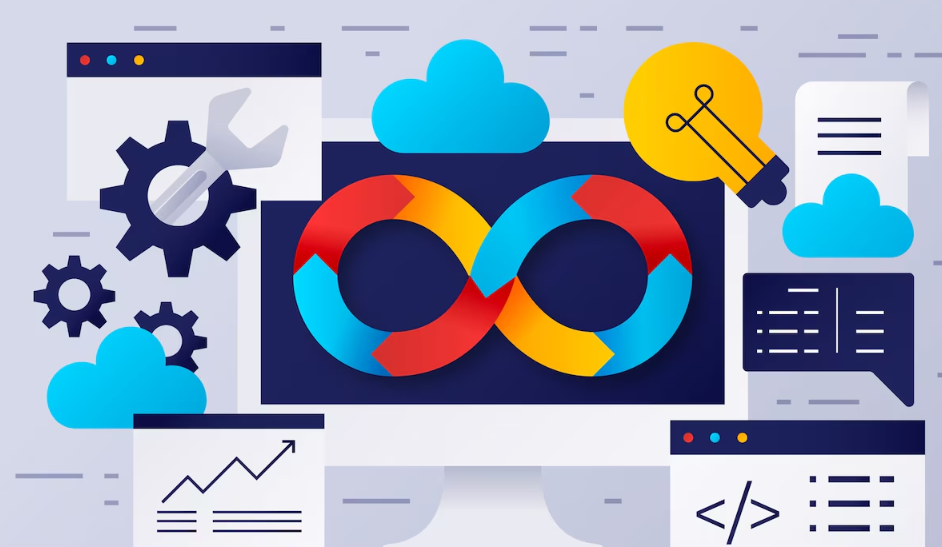Artificial Intelligence (AI) has made groundbreaking progress in recent years—from powering self-driving cars to revolutionizing healthcare. But in 2025, a new frontier is capturing global attention: Emotion AI. Also known as affective computing, Emotion AI is designed to detect, interpret, and respond to human emotions in real-time.
With advancements in facial recognition, voice analysis, natural language processing, and behavioral signals, AI is no longer just “smart”—it’s starting to become emotionally aware. But what does that mean for businesses, healthcare, education, and daily life?
Let’s explore how Emotion AI works, where it’s being used, and the ethical implications that come with machines that “feel.”
What is Emotion AI?
Emotion AI refers to technologies that use artificial intelligence to understand and respond to human emotions. This can involve:
-
Facial expression analysis (e.g., smiles, frowns, eye movement)
-
Voice tone and pitch detection
-
Text sentiment analysis
-
Body language and gestures
-
Biometric signals like heart rate or pupil dilation (via wearables)
Unlike traditional AI, which focuses on logic and data, Emotion AI aims to build empathy into machines, making them more capable of human-like interaction.
How Emotion AI Works
Modern Emotion AI systems combine several technologies:
-
Computer Vision – Cameras and software recognize facial micro-expressions, eye movement, and posture.
-
Natural Language Processing (NLP) – AI analyzes tone, choice of words, and grammar to gauge emotional state in texts or voice.
-
Machine Learning – Models are trained on vast datasets of emotional responses to learn what specific behaviors indicate.
-
Sensor Inputs – Wearables and mobile devices provide biometric data to track emotional states over time.
Using these inputs, AI systems can classify emotions such as happiness, anger, frustration, confusion, excitement, or even boredom with impressive accuracy.
Real-World Applications of Emotion AI in 2025
1. Customer Service & Virtual Assistants
Imagine a chatbot that knows when you’re frustrated and adapts its tone to calm you. Companies like Amazon, Google, and Meta are integrating Emotion AI into their virtual assistants to deliver emotionally intelligent responses, improving customer satisfaction dramatically.
2. Healthcare & Mental Health
Emotion AI is transforming mental health care by detecting signs of depression, anxiety, or stress through patient voice and facial cues during telehealth sessions. Platforms now help therapists understand how patients are feeling—even when they’re not speaking directly about it.
Wearables like smartwatches are also tracking emotional patterns and alerting users to burnout or emotional dysregulation, enabling early intervention.
3. Education
In virtual classrooms, AI-powered software tracks students’ facial expressions and body language to assess engagement or confusion in real-time. Teachers are notified when a student is struggling, allowing for more personalized support—even in large online classes.
4. Marketing and Advertising
Marketers use Emotion AI to analyze consumer reactions to ads, product packaging, or even website layouts. By gauging emotional feedback, brands can fine-tune their messages for greater impact.
For instance, during product testing, AI can track if users are excited or confused, helping companies optimize user experience (UX) design before launching.
5. Automotive
Cars are becoming more than just vehicles—they’re emotion-aware companions. In 2025, several automakers have introduced Emotion AI features that detect drowsiness, distraction, or anger in drivers and automatically adjust the environment—like playing calming music or alerting you to take a break.
Ethical Concerns: When AI Knows How You Feel
As with any new tech, Emotion AI raises serious ethical and privacy concerns.
1. Privacy Invasion
Should your phone or watch be allowed to read your emotions without explicit consent? Many argue that collecting such intimate data, especially without clear user permission, crosses a line.
2. Emotional Manipulation
If AI can sense your emotional state, it can potentially manipulate your decisions. Think of ads that change in real-time to prey on your mood—offering comfort food during sadness or high-priced items during excitement.
3. Bias and Misinterpretation
Emotion AI systems can inherit racial, cultural, or gender biases based on the data they’re trained on. For example, facial expressions might be misinterpreted across different ethnic groups, leading to false conclusions or unfair treatment.
4. Data Security
Emotional data is deeply personal. If hacked or misused, it could lead to emotional profiling, blackmail, or exploitation.
The Future of Emotion AI
In 2025, we’re at a pivotal moment. Emotion AI holds incredible promise—it can make machines more human, relationships with technology more natural, and services more tailored to our needs.
But the line between helpful and harmful is thin.
What We Can Expect Next:
-
Stronger Regulations – Governments are drafting frameworks to regulate the use of emotional data, requiring transparency and opt-in consent.
-
Open-Source Emotion AI Models – Making models available for review can help eliminate bias and improve trust.
-
Personal Emotion Dashboards – Users may soon have apps that allow them to monitor and control their own emotional data, deciding when and how it is shared.
-
Increased Use in Therapy – Emotion AI will likely become a standard companion in mental wellness apps, offering day-to-day emotional check-ins.
Conclusion: Should We Trust AI With Our Emotions?
Emotion AI is no longer science fiction—it’s becoming a central part of how we interact with technology in 2025. From smart devices that understand your mood to workplaces that monitor stress levels to improve productivity, emotionally intelligent machines are here.
But as we continue to teach AI how to “feel,” we must also ask ourselves: how much emotion do we really want our machines to have?
The balance between empathy and ethics will define the next phase of this AI revolution.

